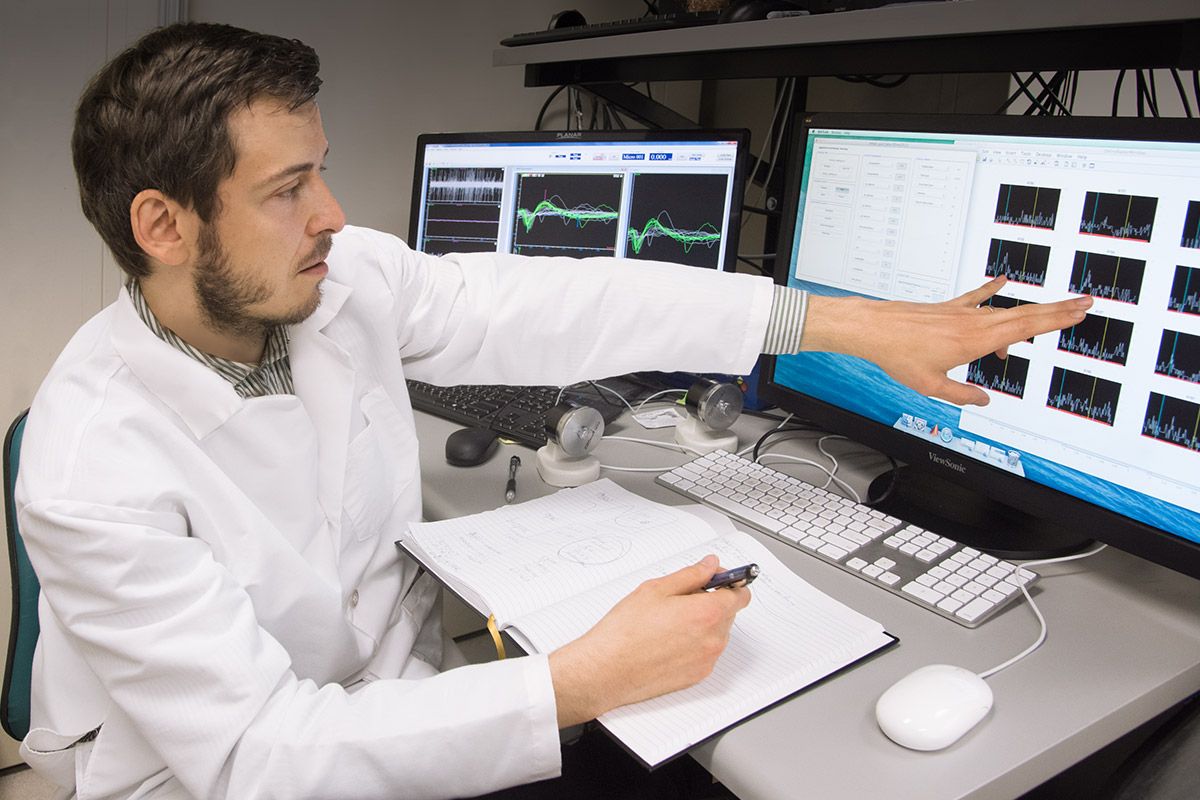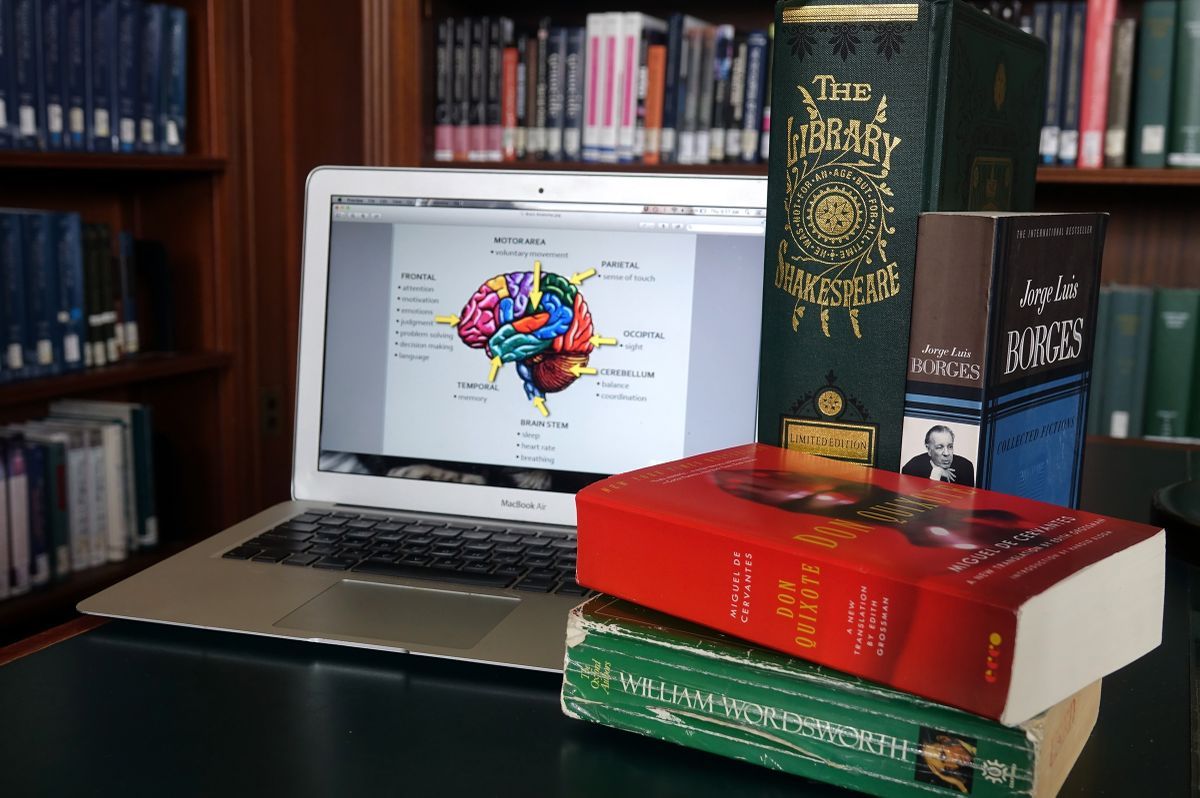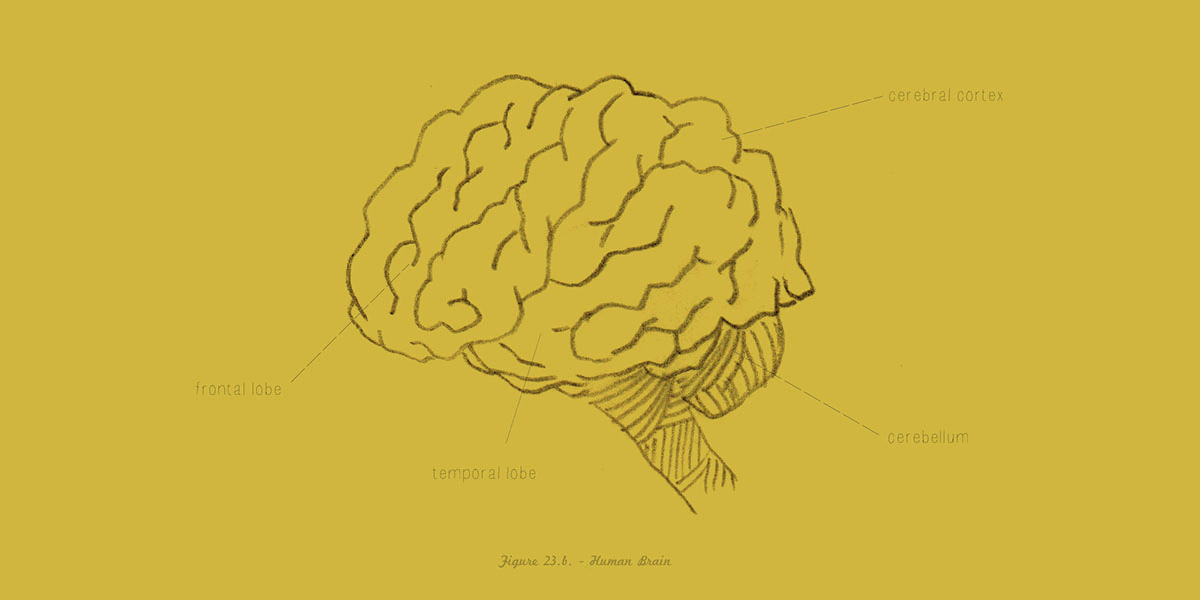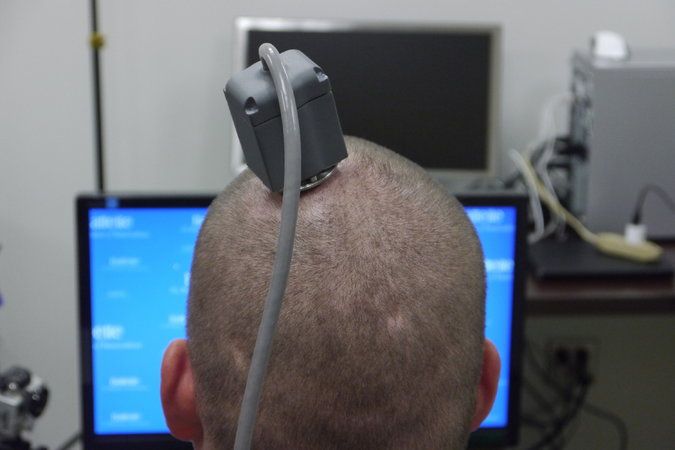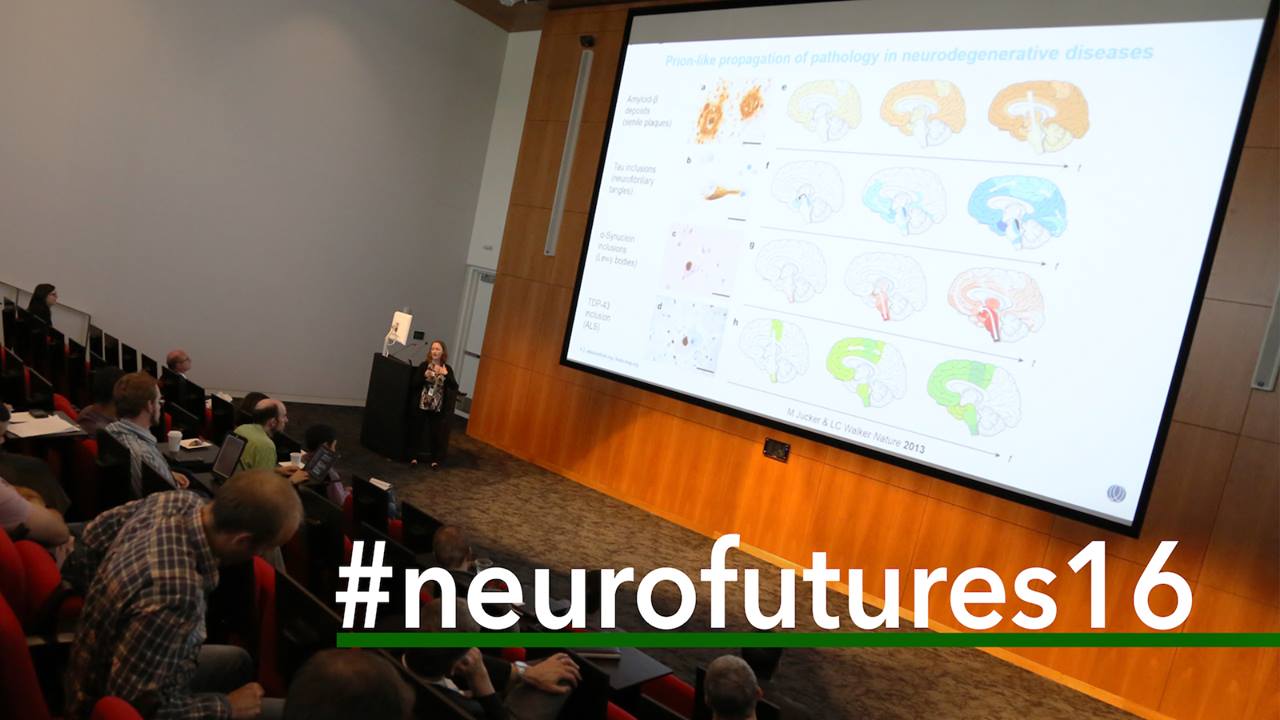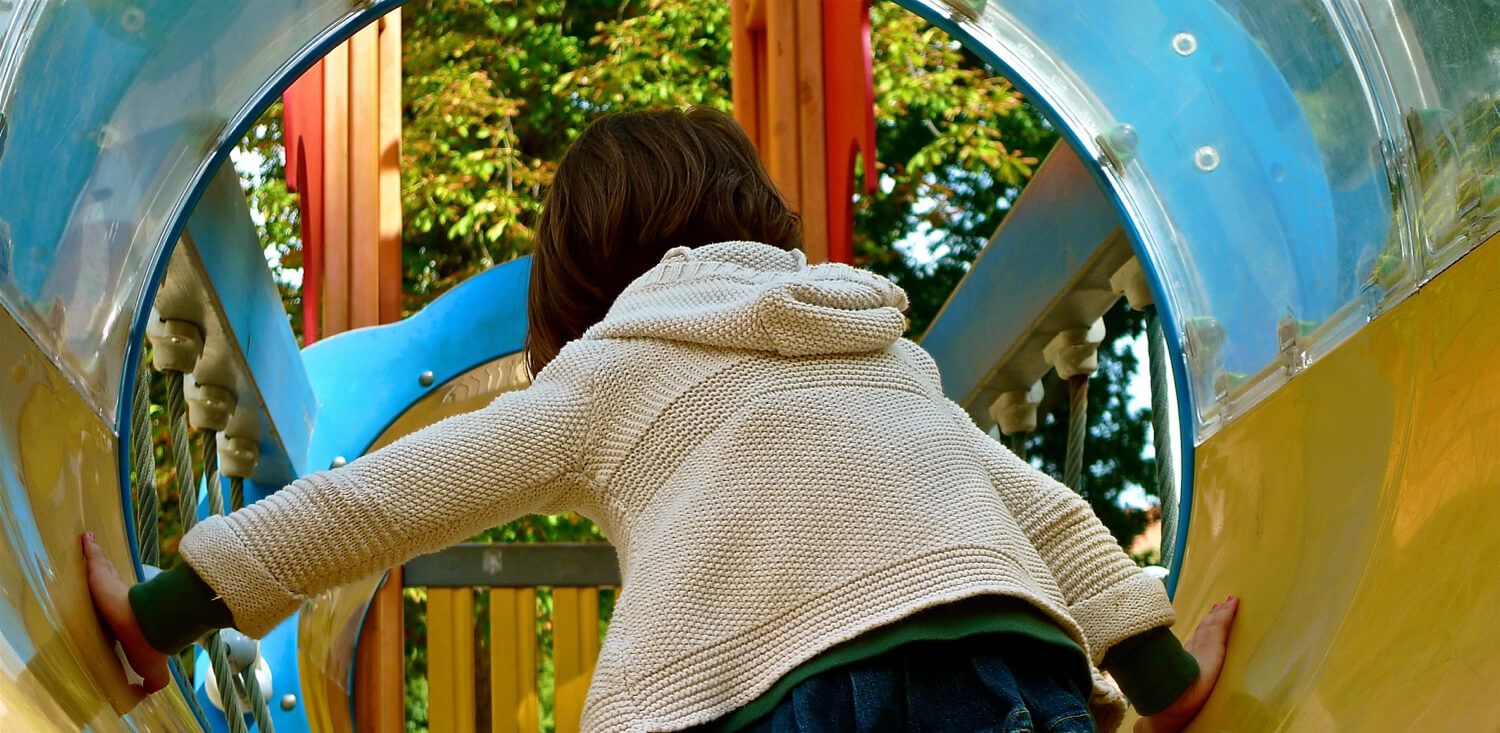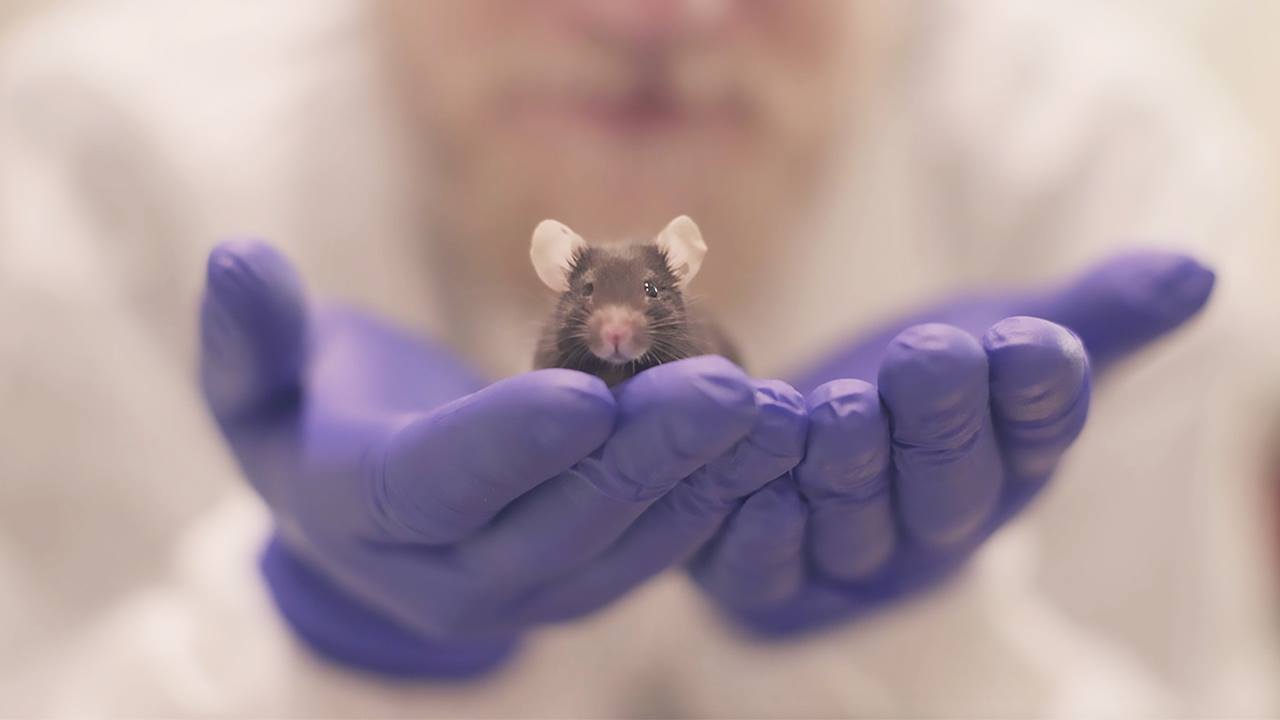New research sheds light on what’s going on inside our heads as we decide whether to take a risk or play it safe. Scientists at Washington University School of Medicine in St. Louis located a region of the brain involved in decisions made under conditions of uncertainty, and identified some of the cells involved in the decision-making process.
The work, published July 27 in The Journal of Neuroscience, could lead to treatments for psychological and psychiatric disorders that involve misjudging risk, such as problem gambling and anxiety disorders.
“We know from human imaging studies that certain parts of the brain are more or less active in risk-seeking people, but the neural circuits involved are largely unknown,” said Ilya Monosov, PhD, an assistant professor of neuroscience and senior author on the study. “We found a population of value-coding neurons that are specifically suppressed when animals make a risky choice.”
